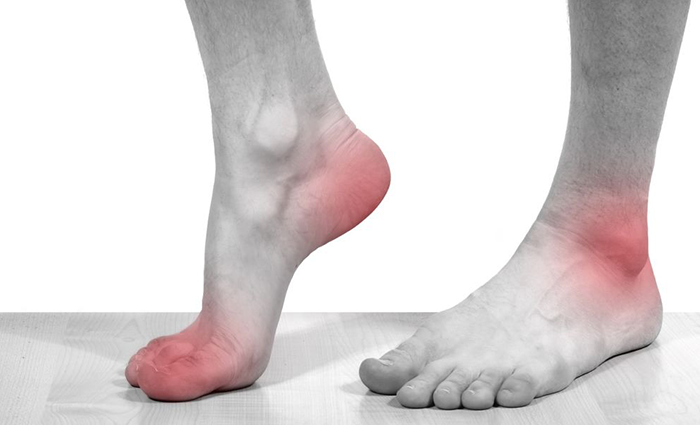What Causes Foot Pain: Understanding It's Treatment and Managment

Our feet bear the weight of our bodies and are involved in nearly every physical activity we perform, making them susceptible to a wide range of conditions and discomforts. Sound knowledge of why foot pain occurs, common symptoms, diagnostic approaches, and the broad spectrum of treatment options available are important because this understanding is the first step towards finding relief and maintaining an active, pain-free lifestyle.
COMMON CAUSES OF FOOT PAIN
The causes of foot pain are diverse and some of them include:
- Plantar Fasciitis is a common cause of heel pain, arising from inflammation or irritation of the plantar fascia, a thick band of tissue that supports the arch of the foot.
- Metatarsalgia involves pain in the ball of the foot, often due to increased pressure on the metatarsal bones or ill-fitting footwear.
- Inflammation of the Achilles tendon can lead to pain at the back of the heel and up the calf, usually resulting from overuse or strain.
- Besides, tiny fractures in the bones of the foot, known as stress fractures, can also cause localized pain, swelling, and discomfort with weight-bearing.
DIAGNOSIS
A concise overview of the steps involved in diagnosing foot pain is given below:
- The first step is medical history in which patients are asked about their symptoms, the onset and duration of the pain, any relevant past injuries or surgeries, and their medical conditions. Details about footwear, daily activities, and any factors that worsen or alleviate the pain are also essential.
- This is followed by a thorough physical examination of the foot that includes assessing the foot’s structure, range of motion, strength, and sensation. The healthcare professional may look for signs of swelling, redness, deformities, or tender areas.
- Besides, a doctor will do a gait analysis that involves observing how the patient walks (their gait). This analysis helps in revealing important information about foot function and any abnormalities.
- In some cases, medical imaging may be necessary to visualize the internal structures of the foot. Common imaging modalities include X-rays, which can reveal bone fractures and certain joint conditions, and more advanced techniques like MRI or CT scans, which provide detailed images of soft tissues, ligaments, and tendons.
- Blood tests may be ordered in specific cases to rule out conditions like gout or inflammatory arthritis, which can manifest as foot pain.
- In certain situations, diagnostic injections may be used to localize the source of pain. For instance, a numbing medication injected into a specific joint or area can help determine if that region is responsible for the pain.
TREATMENT OF FOOT PAIN
Foot pain can be a common and disruptive issue that can stem from various causes, including injuries, overuse, or underlying medical conditions. The treatment of foot pain involves a combination of rest, pain management, supportive footwear, and, in some cases, professional interventions like physical therapy or orthotic support. To effectively alleviate foot discomfort, it is crucial to identify the specific cause of the pain and tailor the treatment accordingly, under the guidance of a healthcare professional.
THE ROLE OF PHYSICAL THERAPY
Physiotherapy is a vital component of foot pain management. A qualified physiotherapist can provide numerous interventions to alleviate pain, enhance mobility, and promote recovery.
- Targeted Exercises: Physical therapists prescribe specific exercises to strengthen and stretch the muscles and ligaments in the foot and ankle. These exercises can improve stability and support proper foot function, reducing pain.
- Gait Analysis: Physical therapists can analyze your walking or running gait to identify any irregularities or biomechanical issues that might be contributing to your foot pain. They can then recommend adjustments and exercises to correct these issues.
- Manual Therapy: Physical therapy involves various hands-on treatments such as massage, joint mobilization, and soft tissue techniques to reduce muscle tension, improve circulation, and alleviate pain.
- Pain Management: During physical therapy sessions, the use of modalities like ultrasound, electrical stimulation, and heat or ice applications is very common which can help to manage pain and reduce inflammation.
- Post-Injury Rehabilitation: For foot injuries, such as sprains or fractures, physical therapy can help with rehabilitation, speeding up the healing process, and restoring full function to the foot.
- Preventive Care: Physical therapists can guide patients on how to prevent foot pain and injuries, especially if they are involved in activities that put significant stress on their feet.
